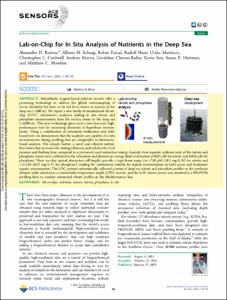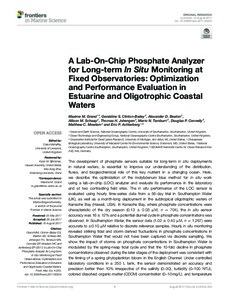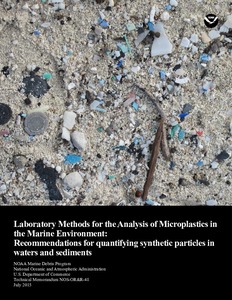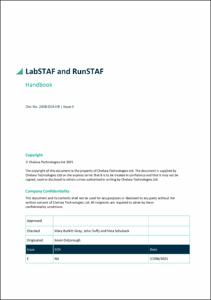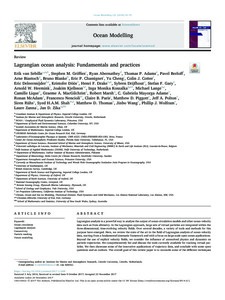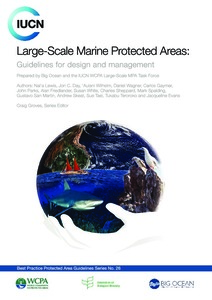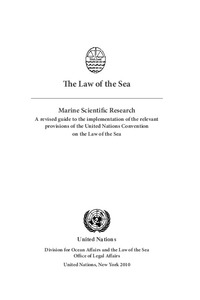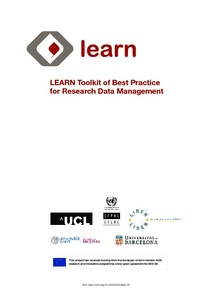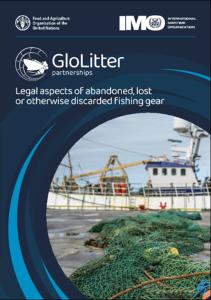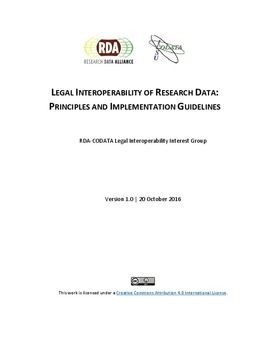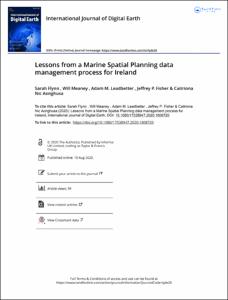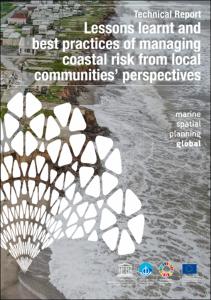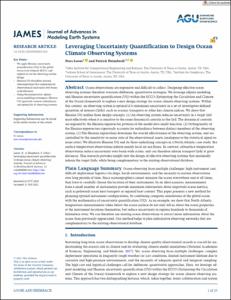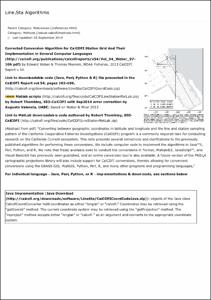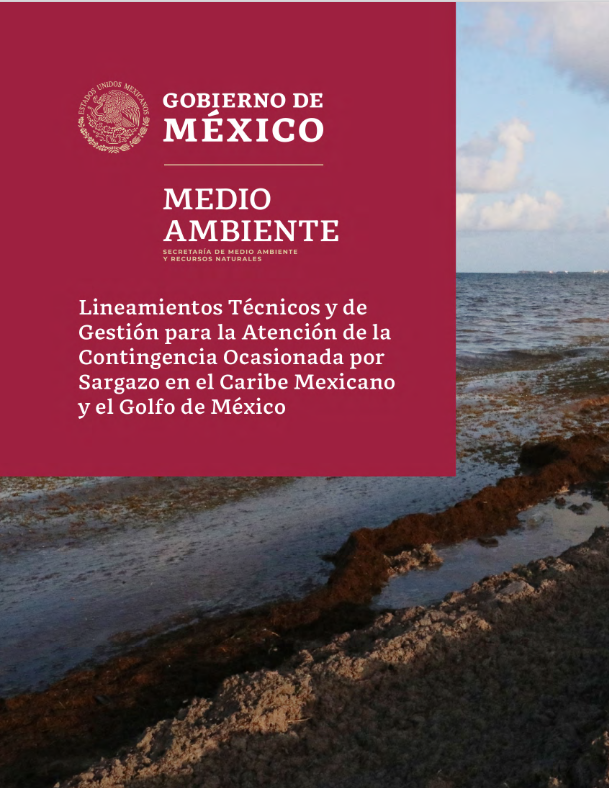Browsing by Title
Now showing items 944-963 of 2049
-
Lab-on-Chip for In Situ Analysis of Nutrients in the Deep Sea.
(2022)Microfluidic reagent-based nutrient sensors offer a promising technology to address the global undersampling of ocean chemistry but have so far not been shown to operate in the deep sea (>200 m). We report a new family ... -
A Lab-On-Chip Phosphate Analyzer for Long-term In Situ Monitoring at Fixed Observatories: Optimization and Performance Evaluation in Estuarine and Oligotrophic Coastal Waters,
(2017)The development of phosphate sensors suitable for long-term in situ deployments in natural waters, is essential to improve our understanding of the distribution, fluxes, and biogeochemical role of this key nutrient in a ... -
Laboratory Methods for the Analysis of Microplastics in the Marine Environment: Recommendations for quantifying synthetic particles in waters and sediments.
(NOAA Marine Debris Division, Silver Spring, MD, 2015)This document is a methods manual for measuring microplastic in the environment. This manual outlines step-by-step instructions for quantifying microplastic in marine environmental samples, including processes to streamline ... -
LabSTAF and RunSTAF Handbook 2408-014-HB Issue F.
(Chelsea Technologies Ltd., West Molesey, UK, 2022)This introductory section provides a brief overview of the development of LabSTAF and RunSTAF and future aims for the development of Single Turnover Active Fluorometry (STAF). It also includes a description of the major ... -
Lagrangian ocean analysis: fundamentals and practices.
(2018)Lagrangian analysis is a powerful way to analyse the output of ocean circulation models and other ocean velocity data such as from altimetry. In the Lagrangian approach, large sets of virtual particles are integrated within ... -
Large-scale marine protected areas : guidelines for design and management.
(IUCN, Gland, Switzerland, 2017)Although focused on aiding managers, these Guidelines are for anyone involved in supporting LSMPAs or the communities that hold an interest in them. It is hoped these Guidelines will also assist new LSMPAs from the earliest ... -
The Law of the Sea: Marine Scientific Research. A revised guide to the implementation of the relevant provisions of the United Nations Convention on the Law of the Sea.
(United Nations Division for Ocean Affairs and the Law of the Sea Office of Legal Affairs, New York, 2010)The 1991 Guide “Marine Scientific Research: A Guide to the implementation of the relevant provisions of the United Nations Convention on the Law of the Sea” advises States of the means by which articles in the Convention could ... -
Lead Detection in Polar Oceans: A Comparison of Different Classification Methods for Cryosat-2 SAR Data.
(2018)In polar regions, sea-ice hinders the precise observation of Sea Surface Heights (SSH) by satellite altimetry. In order to derive reliable heights for the openings within the ice, two steps have to be fulfilled: (1) the ... -
LEARN Toolkit of Best Practice for Research Data Management.
(LEARN : LEaders Activating Research Networks Project, London, UK, 2017)Research data is the new currency of the digital age. From sonnets to statistics, and genes to geodata, the amount of material being created and stored is growing exponentially. However, the LERU Roadmap for Research ... -
Learning features from georeferenced seafloor imagery with location guided autoencoders.
(2020)Although modern machine learning has the potential to greatly speed up the interpretation of imagery, the varied nature of the seabed and limited availability of expert annotations form barriers to its widespread use in ... -
Learning Polar Encodings for Arbitrary-Oriented Ship Detection in SAR Images.
(2021)Common horizontal bounding box-based methods are not capable of accurately locating slender ship targets with arbitrary orientations in synthetic aperture radar (SAR) images. Therefore, in recent years, methods based on ... -
Legal aspects of abandoned, lost or otherwise discarded fishing gear.
(Food and Agriculture Organization of the United Nations (FAO) and International Maritime Organization, Rome, Italy, 2022)The growing quantity of plastic waste in the marine environment, including abandoned, lost or otherwise discarded fishing gear (ALDFG), is a global problem. A particular feature of ALDFG is the potential for some gears ... -
Legal Interoperability of Research Data: Principles and Implementation Guidelines. Version 1.0.
(ZENODO for RDA and CODATA, 2016)The ability of the research community to share, access, and reuse data, as well as to integrate data from diverse sources for research, education, and other purposes requires effective technical, syntactic, semantic, and ... -
Less Surface Sea Ice Melt in the CESM2 Improves Arctic Sea Ice Simulation With Minimal Non-Polar Climate Impacts.
(2022)This study isolates the influence of sea ice mean state on pre-industrial climate and transient 1850-2100 climate change within a fully coupled global model: The Community Earth System Model version 2 (CESM2). The CESM2 ... -
Lessons from a Marine Spatial Planning data management process for Ireland.
(2021)This paper presents a framework containing ten components to deliver a data management process for the storage and management of data used for Marine Spatial Planning (MSP) in Ireland. The work includes a data process ... -
Lessons learnt and best practices of managing coastal risk from local communities’ perspectives.
(UNESCO-IOC, Paris, France, 2021)The objective here is to present how various hazards affecting coastal areas impact the local communities in selected countries, and how these matters are being managed by national, regional and local governmental in ... -
Leveraging Uncertainty Quantification to Design Ocean Climate Observing Systems.
(2021)Ocean observations are expensive and difficult to collect. Designing effective ocean observing systems therefore warrants deliberate, quantitative strategies. We leverage adjoint modeling and Hessian uncertainty ... -
Line.Sta Algorithms.
(California Cooperative Oceanic Fisheries Investigation, La Jolla, CA, 2014)Converting between geographic coordinates in latitude and longitude and the line and station sampling pattern of the California Cooperative Fisheries Investigations (CalCOFI) program is a commonly required task for conducting ... -
Lineamientos Técnicos y de Gestión para la Atención de la Contingencia Ocasionada por Sargazo en el Caribe Mexicano y el Golfo de México.
(Medio Ambiente and INECC, Ciudad de México, 2021)Over the last year, the Mexican government worked along local stakeholders (both public and private) to update the Sargassum Management Guidelines published a couple of years back. These new guidelines provide recommendations ... -
Linking Capacity Development to GOOS Monitoring Networks to Achieve Sustained Ocean Observation.
(2018)Developing enduring capacity to monitor ocean life requires investing in people and their institutions to build infrastructure, ownership, and long-term support networks. International initiatives can enhance access to ...
 Repository of community practices in Ocean Research, Applications and Data/Information Management
Repository of community practices in Ocean Research, Applications and Data/Information Management
